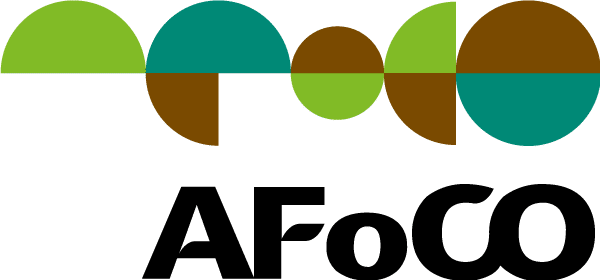On 26 October 2023, the Memorandum of Understanding (MoU) was signed between the Asian Forest Cooperation Organization and the Biodiversity Management Bureau (BMB) of the Department of Environment and Natural Resources (DENR) of the Philippines for the project titled: Ensuring functioning of cultural ecosystem services in an urban setting: assimilating nature for forest healing and experiential learning in Ninoy Aquino Parks and Wildlife Center (AFoCO/029/2022).
The park’s history can be traced back to 1954, when Quezon Memorial Park was established, and NAPWC was part of the memorial park. After its initial establishment, several presidential decrees were announced regarding urban forestry management, where it undertwent several renovations, changes to its name, location and administrative affiliation. Such efforts the continuous efforts of the Filippino Government to improve urban well-being and pollution of mega cities like Metro Manila, attracting enough visitors and raising awareness of the public for a sustainable management of the park has been very difficult. Especially after the COVID-19 Pandemic, the park has seen a drastic decrease of annual visitors. In 2021, a total of 8,440 people had visited the park compared to the 267,670 annual number of visitors before the pandemic. Such drop in the number of visitors is threatening the park’s sustainability once again, and overall the urban health of Metro Manila.
Hence, to resolve such situation, together with the efforts from the Biodiversity Management Bureau (BMB) and the Forest Management Bureau (FMB) under the Department of Environment and Natural Resources (DENR), the project was launched to contribute to the realization of various ecosystem services from the protection and development of the Ninoy Aquino Parks and Wildlife Center (NAPWC), with the following expected outcomes:
- Enhanced level of appreciation of the public relative to the cultural ecosystem of urban green spaces, urban partks and forests;
- Intensified degree of public awareness on the various endemic and native/indigenous tree species and native flowering tree species in the Philippines;
- Improved protection and conservation activities of NAPWC; and
- Improved air quality and increased carbon sequestration potentially within the vicinities of NAPWC.
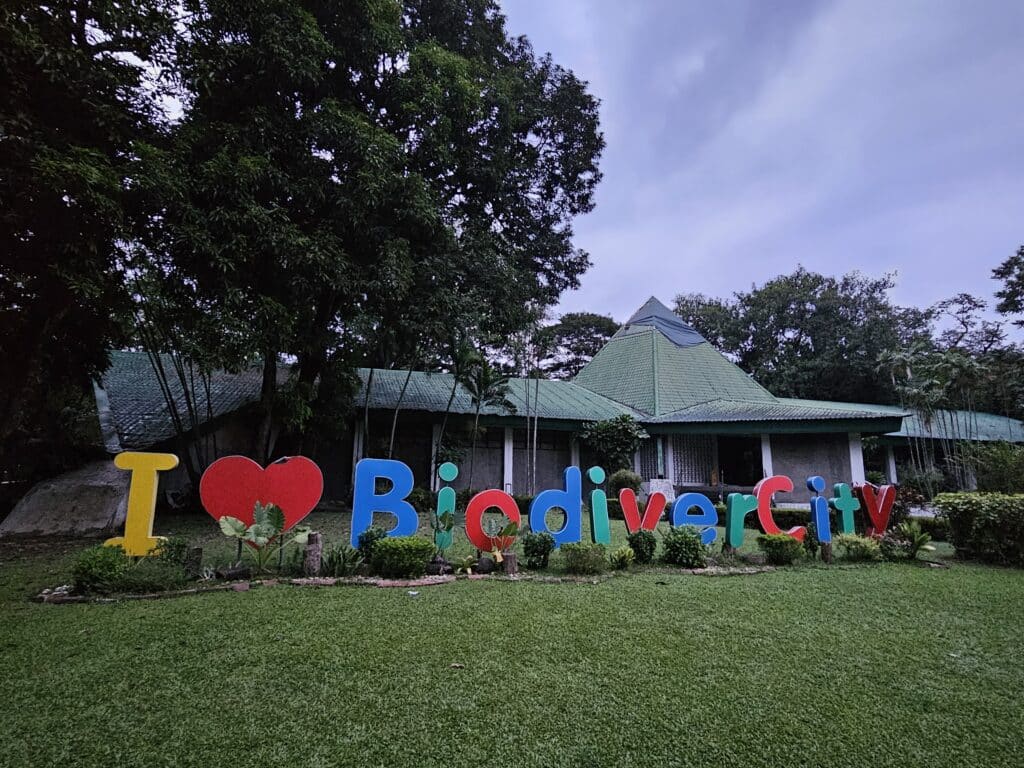
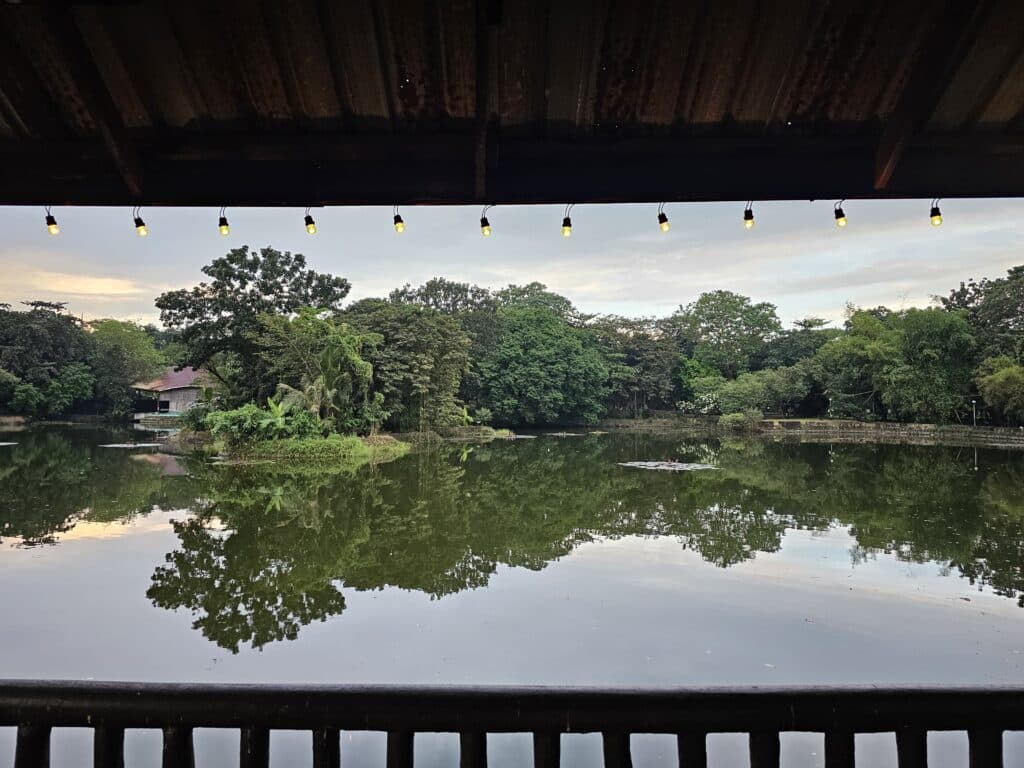
Specifically, the concept of “forest healing” is one of the main and new themes that the park will try to promote to the wider audience and residents of Metro Manila, as part of forest based tourism. Several research already shows that forests, particularly trees, have healing and calming powers that relieve mental stress. Based on such concept, the project anticipates that the new use of forests for healing will attract city residents interested in experiencing green urban space and healthy well-being and eventually encourage public and private secotrs to invest, protect, and actively participate in not only managing forests, but sustainably co-existing together.

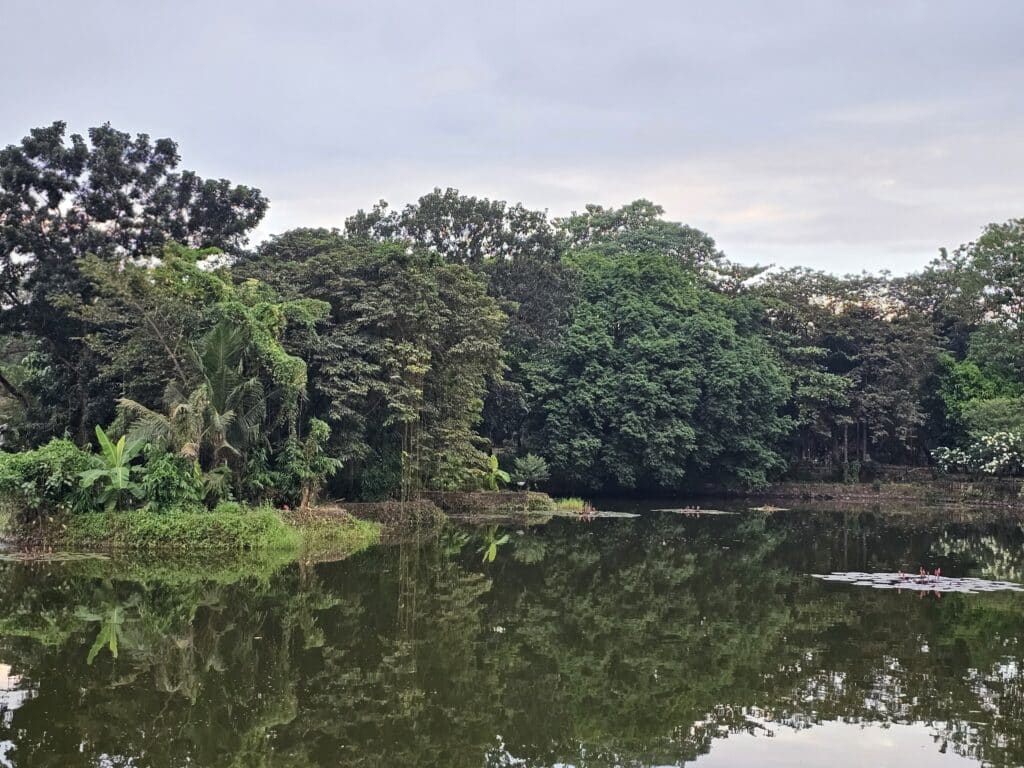
The project benchmarks the success of the Republic of Korea (ROK) is promoting forest healing to the public and establishing a concrete method of Payment for Ecosystem Services (PES) through arboretums. ROK is one of the exemplary models in Asia with a very successful restoration and management of urban green spaces especially in mega cities like Seoul, where city parks like NAPWC in the Philippines can benchmark policies, measures, designs and techniques of urban forest management. The project Implementing Agency (IA) together with is staff and relevant stakeholders will make two study visits to the Republic of Korea and hear from the experts in forest related institutions under the Korea Forest Service such as National Center for Forest Therapy, Korea National Arboretum, and National Forest Seed & Variety Center.
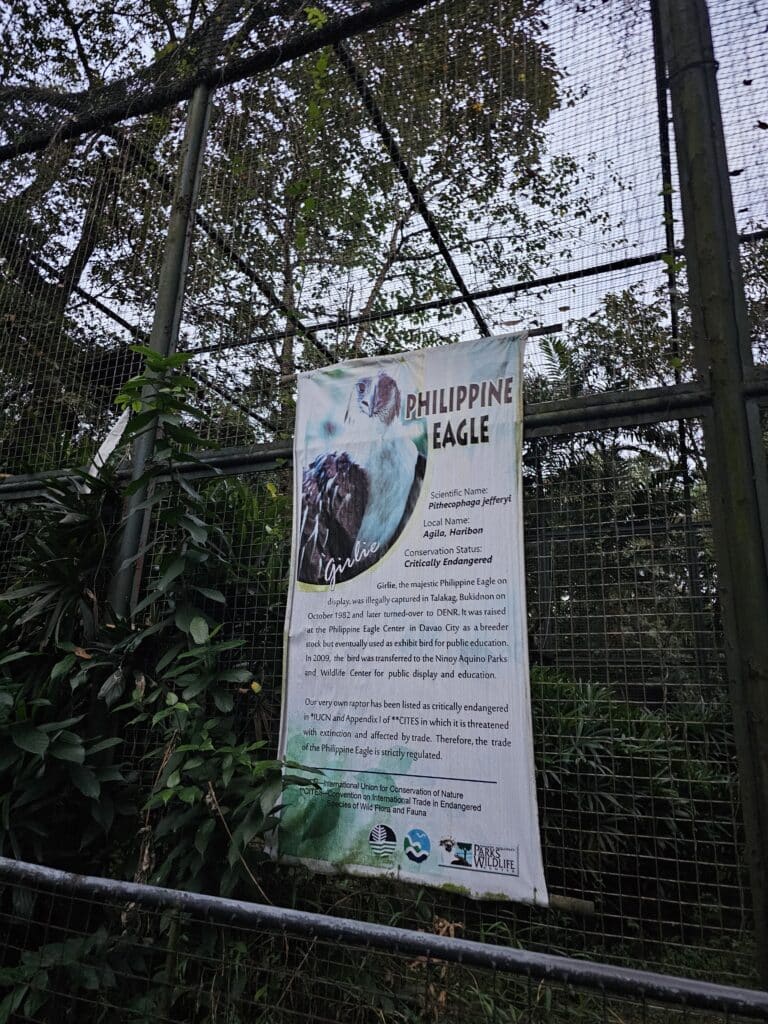
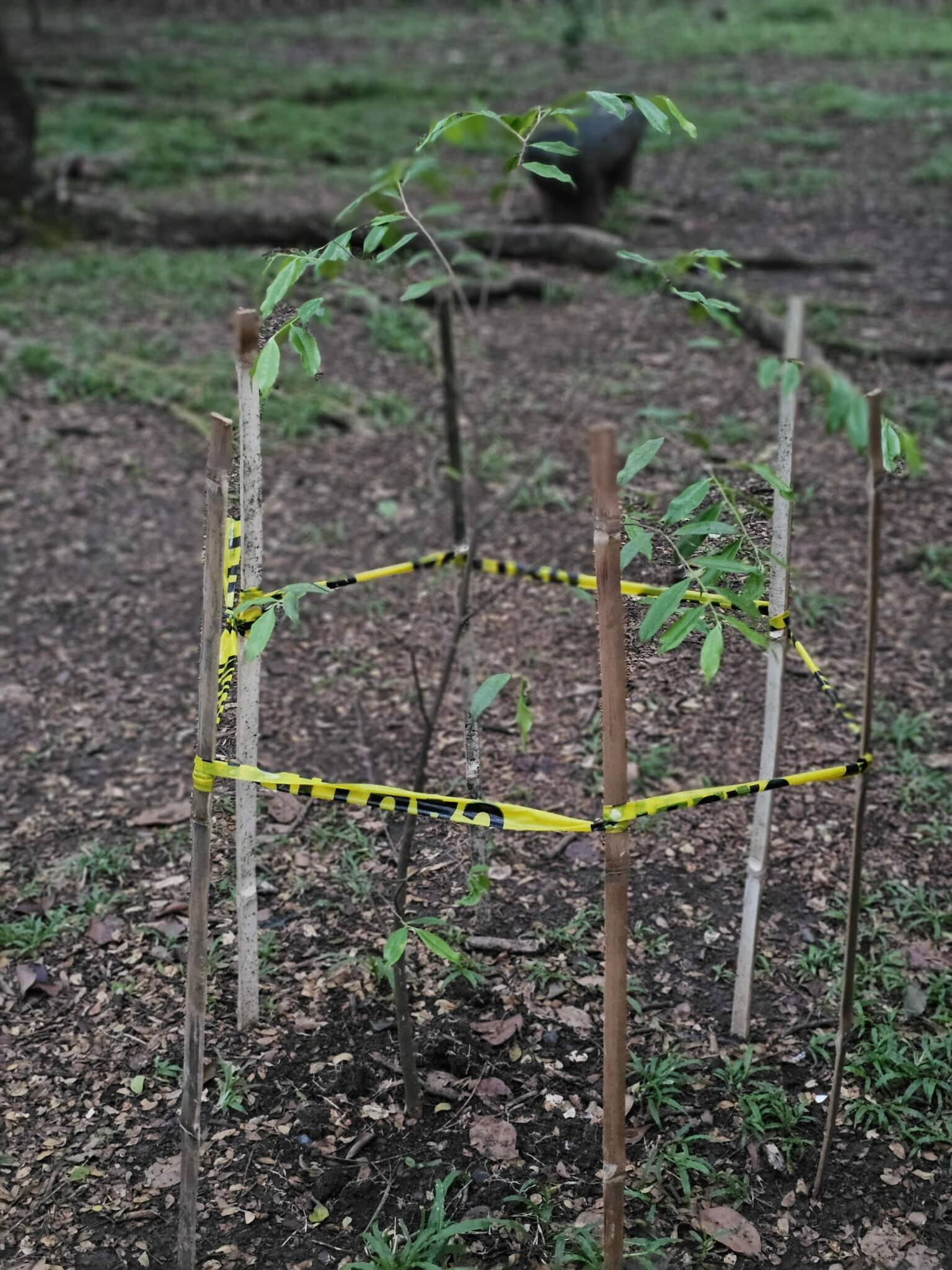
The project also aims to improve the park’s management of biodiversity for both fauna and flora. The park currently is home to a total of 3.936 different tree species, with native species such as Narra (Fabaceae), Kamagong (Ebenaceae), Dita (Apocynaceae), Duhat (Myrtaceae) and Botong (Lecythidaceae). The project will further assess and have valuation report developed on the biodiversity and ecosystem services of the park to be utilized in the future for the park’s overall sustainable and strategic management and conservation and its biodiveristy.
Based on the 2024 work and budget plan approved by the 1st Project Steering Committee (PSC) Meeting organized on 14 March 2024, the IA will first proceed with the conduct of ecosystem services valuation of the park and develop a sustainable payment scheme through several consultation workshops and meetings with all relevant stakeholders.

